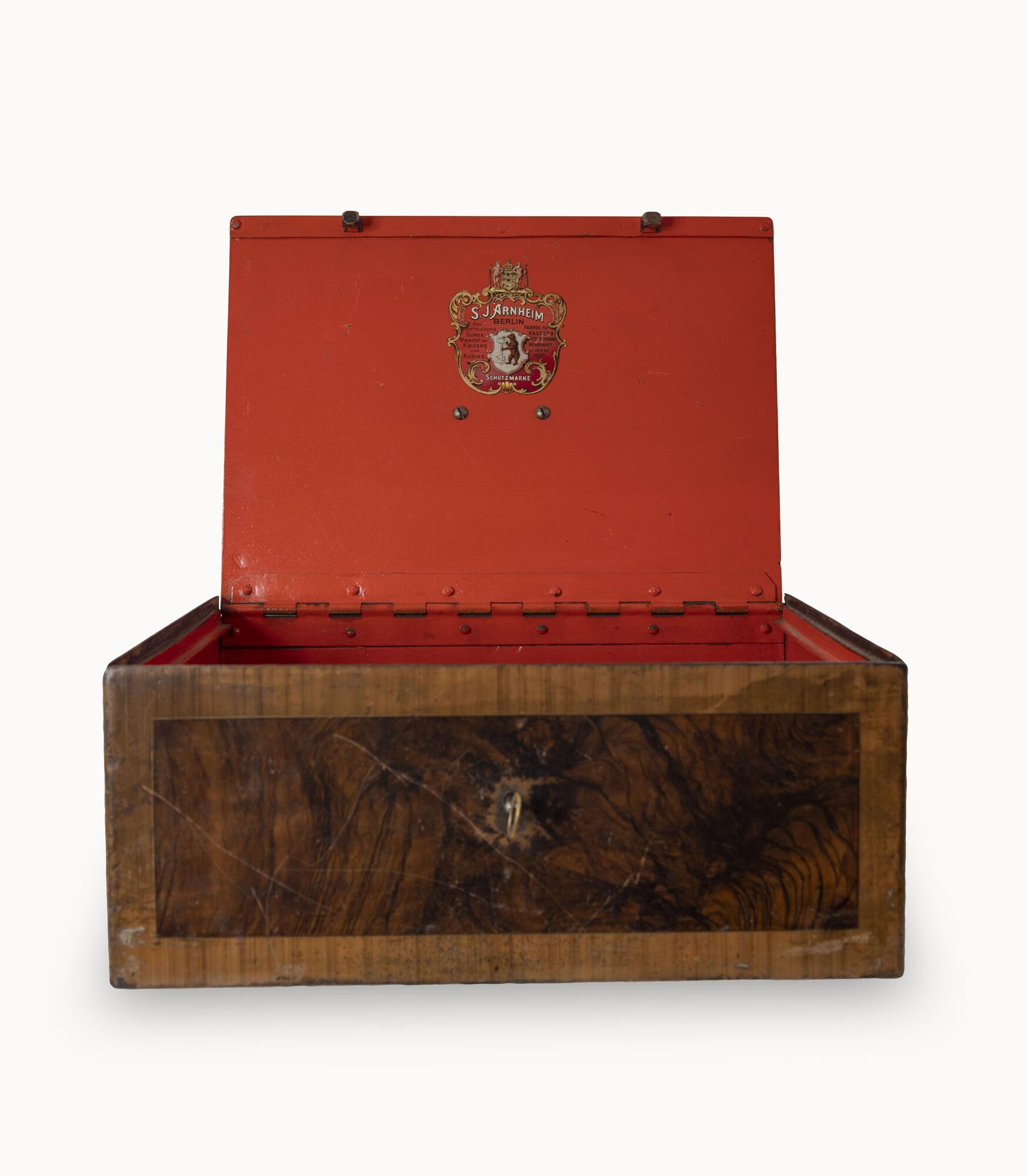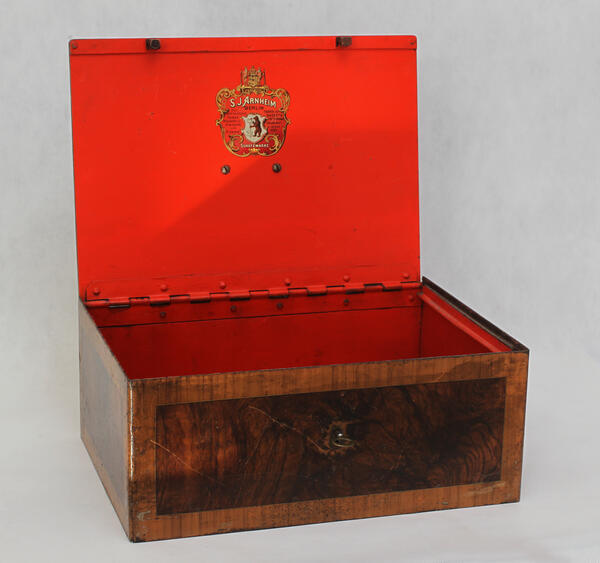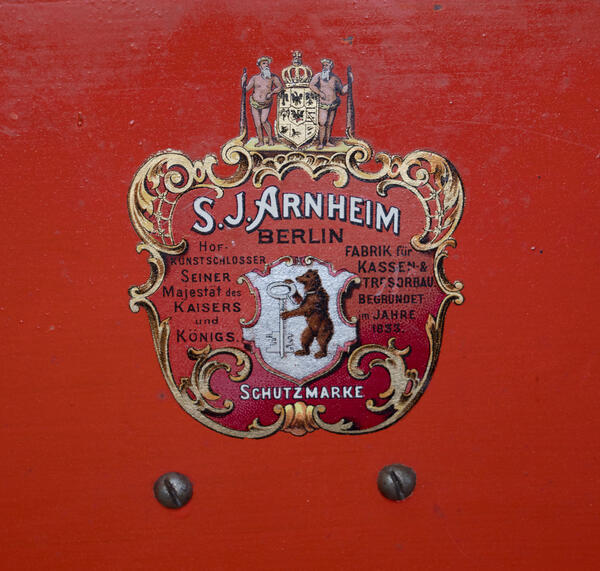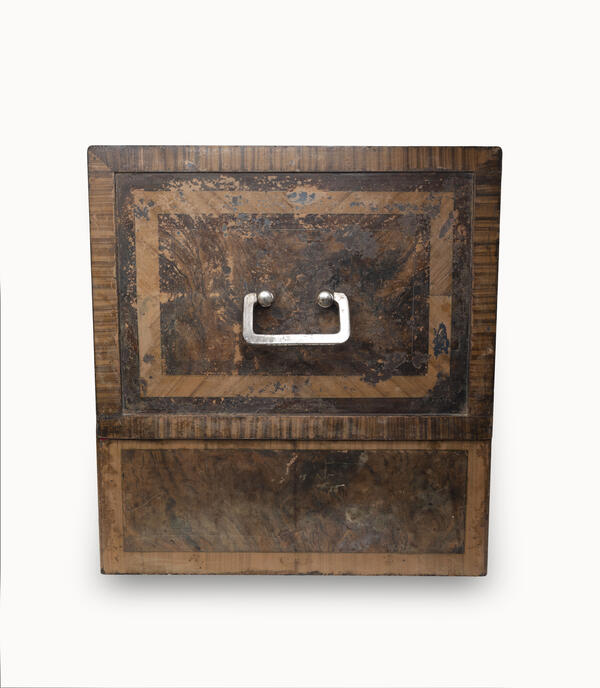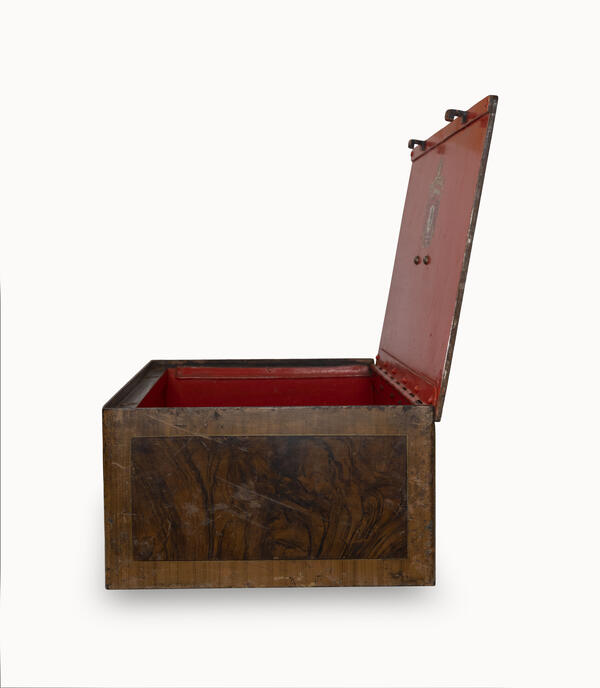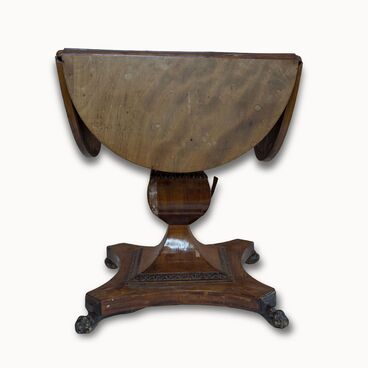A portable safe box has other names, for example, a travel safe box. At first glance, it appears to be a wooden box with a handle and a key, but it is actually made of iron and its surface is painted to resemble wood. Such boxes were intended for storing securities, jewelry, and money, and were usually taken on long journeys.
The word “safe” was borrowed into Russian with both its meaning and pronunciation. The main function of a safe is to preserve what is inside. The safe appeared to answer the growing needs of mankind: as soon as people began to view some items as “valuables”, a need arose to protect them, not only from thieves but also from fires and floods.
Modern safes were inspired by all sorts of trunks and chests. In 1795, the first safe manufacturing facility was established in England, and Germany followed its example in 1813. The word “safe” did not catch on immediately: at first these metal objects were called cash cases or armored cabinets.
The paramount requirement for safes was the high degree of safety of the contents, as well as the most reliable protection against thieves. In fact, the history of the development of safes is inextricably linked with the increasing proficiency of robbers. As soon as they learned how to breach the security of yet another safe, engineers started looking for new ways of protection. At first, safes were opened with a special key. However, burglars destroyed the locks using a crowbar or gunpowder. Then the keys were replaced by mechanical combination locks, and later — with electronic locks. Safes can be divided into fire-resistant, burglar-resistant, as well as fire and burglar resistant, depending on their functionality and degree of protection.
This safe box from the Decembrists House Museum is not just a random exhibit. After serving his sentence of hard labor, Vasily Petrovich Ivashev was leaving to settle in Turinsk for the rest of his life together with his wife Kamilla. The couple gained the permission of His Imperial Majesty to build their own house by receiving 8,000 rubles from Vasily’s father — distinguished General Pyotr Nikiforovich Ivashev. A special order was also given to the local supervisory authorities to ensure that all that money was used as intended.
The word “safe” was borrowed into Russian with both its meaning and pronunciation. The main function of a safe is to preserve what is inside. The safe appeared to answer the growing needs of mankind: as soon as people began to view some items as “valuables”, a need arose to protect them, not only from thieves but also from fires and floods.
Modern safes were inspired by all sorts of trunks and chests. In 1795, the first safe manufacturing facility was established in England, and Germany followed its example in 1813. The word “safe” did not catch on immediately: at first these metal objects were called cash cases or armored cabinets.
The paramount requirement for safes was the high degree of safety of the contents, as well as the most reliable protection against thieves. In fact, the history of the development of safes is inextricably linked with the increasing proficiency of robbers. As soon as they learned how to breach the security of yet another safe, engineers started looking for new ways of protection. At first, safes were opened with a special key. However, burglars destroyed the locks using a crowbar or gunpowder. Then the keys were replaced by mechanical combination locks, and later — with electronic locks. Safes can be divided into fire-resistant, burglar-resistant, as well as fire and burglar resistant, depending on their functionality and degree of protection.
This safe box from the Decembrists House Museum is not just a random exhibit. After serving his sentence of hard labor, Vasily Petrovich Ivashev was leaving to settle in Turinsk for the rest of his life together with his wife Kamilla. The couple gained the permission of His Imperial Majesty to build their own house by receiving 8,000 rubles from Vasily’s father — distinguished General Pyotr Nikiforovich Ivashev. A special order was also given to the local supervisory authorities to ensure that all that money was used as intended.
